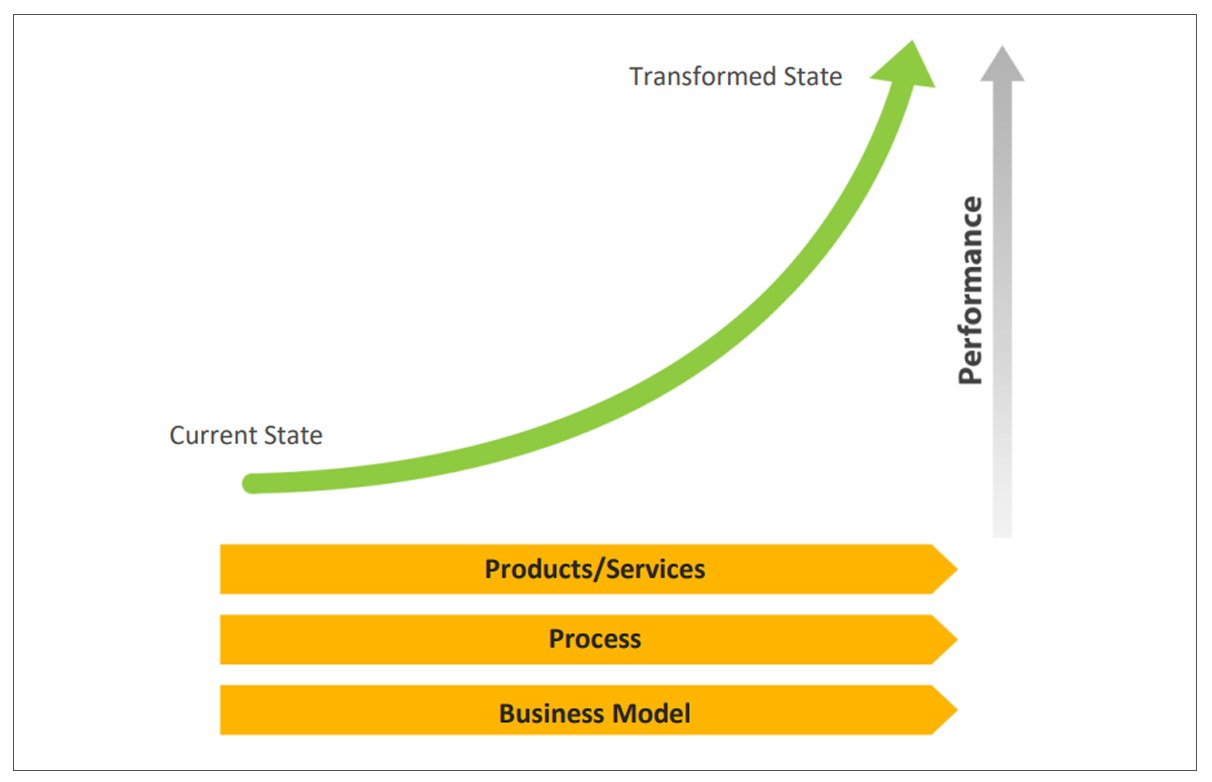Exhibit 1: Digital Engineering is the Foundation of Exponential Digital TransformationEnterprises are striving to make an exponential jump in performance by leveraging digital transformation.
Read Full Publication : Download PDF

But often, enterprises encounter bottlenecks in their transformation programs and an exponential performance rate remains a mirage. A strong digital engineering foundation can solve these bottlenecks. This PoV defines digital engineering and explores how it can help enterprises in their exponential digital transformation journey.
Exponential digital transformation levers
Change is constant in any business environment. However, the rate of change in the last few years has been unprecedented. Enterprises are facing the heat and potentially looking at an existential crisis. They need to exponentially transform or they will fade into oblivion. Their challenges are:
Technology: Technology is changing very quickly both for consumers and enterprises. Although enterprises have traditionally been slow to adopt new technology as compared to the consumer market, the situation is changing now. Users expect the technology of enterprises to match the pace of advancement in consumer technology. Enterprises that fail to adopt and harness the potential of new technologies are likely to be outsmarted by those who are successfully adapting to the changing environment.
Disruption: New firms, including born digital firms, are disrupting incumbents in every industry. The pace of disruption has increased in the last few years. Enterprises need to embrace disruption and behave and act like digital natives if they want to survive.
Complexity: The business environment and industries have become overly complex. Consequently, enterprises and their products and services across the value chain are becoming complex too. What’s challenging is that the complexity is increasing every day. An organization cannot manage such a high level of complexity on its own. It needs partners—be it software firms, hardware firms, service providers, or startups—across different business lines and geographies.
Exhibit 2: Levers of Exponential Digital Transformation
The 3 levers of digital transformation
Products/Services: How can enterprises reimagine their products and services to satisfy the stated and unstated needs of users? Many top companies by market cap have reimagined their products and services—be it electric vehicles, smartphones, video conferencing, OTT media, etc. This has created a change in consumer preferences. How can enterprises leverage technology to improve their product or even completely reimagine it?
Processes: How can enterprises reimagine their processes for productivity, efficiency, flexibility, quality, sustainability, compliance, etc.? Process reengineering was always a transformation lever and organizations have been doing business process reengineering for decades. What has changed now is the usage of technology in reimagining processes. e.g., IoT-enabled machines can predict failures, which allows procurement and inventory processes to be redefined. Similarly, 3D printing or automation can redefine many shop floor or back office processes. How can enterprises leverage technology to create world class processes?
Business Models: Enterprises can reimagine their business models. Product firms can enter as-a service models where they bill the customer upon usage. In consumer markets, there are many new and interesting business models coming up in different industries and the enterprise market will follow soon. We are becoming an on-demand business economy. How can enterprises leverage the on-demand business model in their businesses? Instead of getting disrupted by the new business models of competitors, it is better to take the lead and change business model proactively.





 Pareekh Jain
Founder of Pareekh Consulting & EIIRTrends
Pareekh Jain
Founder of Pareekh Consulting & EIIRTrends